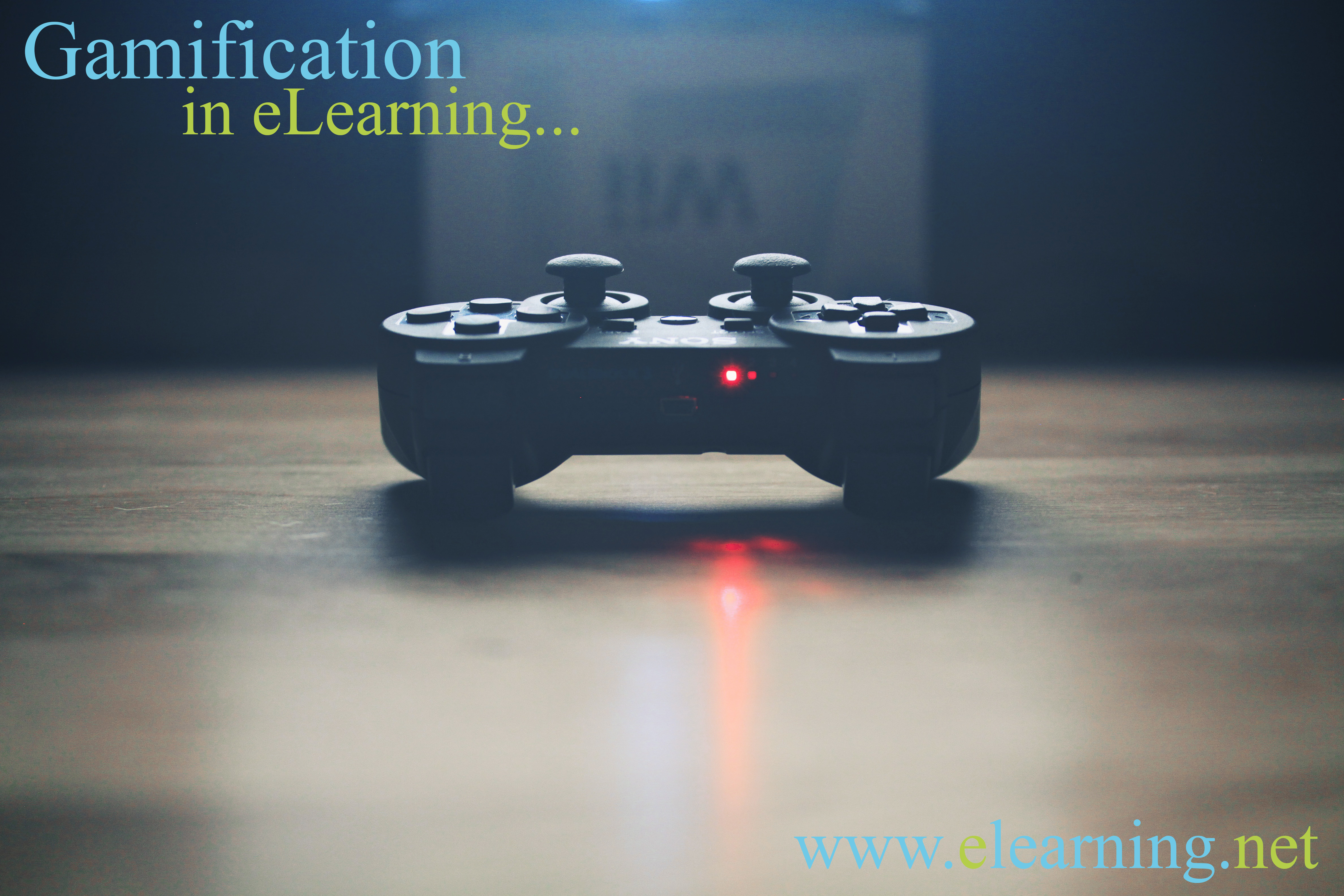
In order to understand the core principles of gamification in eLearning, it is important to first clarify some commonly confused terminology.
Game – a form of play
eLearning games – the use of technological tools, media, or networking hardware for learning
Gamification -the application of game-design elements and game principles in non-game contexts.
Mechanics and dynamics are two core principles in gamification that are subtle in their differences, often leading to further confusion. Below is a detailed explanation of each.
Gamification Mechanics
The mechanics of gamification can be most easily explained as the incentives and feedback used to drive the activity of the player. Each game has its own set of rules. The user’s responses and choices within those boundaries determine the outcome. These decisions individualize the game and engage the user.
In the eLearning world, mechanics are used to motivate the learner to complete assigned tasks successfully and accurately.
Common mechanics used in gamification:
- Completion Bars – These show a player how much of the training content has been completed. This differs from percentages or other methods of progress tracking because of the dynamic visual element.
- Badges – This widely used mechanic is found in corporate eLearning as well as on fitness tracking apps for smartphones. Players earn a badge for achieving specific milestones, such as passing a certain point in training, completing a specific number of modules, or scoring a certain percentage on modules.
- Leaderboards – Think of the highest-score boards on old-school arcade games. Leaderboards provide a visual prompt to incite eLearners to be more competitive, to score higher, and to take the top slot.
- Points – Points are a way for players to keep track of their scores. Each action results in a specific number of earned points. Points equal success.
- Rewards – Rewards are the incentive offered to the player. They could come in the form of points, badges, or more specific rewards that are relatable to the real world. Rewards motivate players in ways that simple learning does not.
Gamification Dynamics
Gamification dynamics are the patterns and behaviors of the game and the player that make it more enjoyable.
Three important elements of gamification dynamics:
- Constraints are the limits imposed on the player in order to create structure. For instance, a player might have a certain amount of time to complete a segment, or a boundary might be in place that cannot be passed until the player unlocks a particular achievement.
- Emotions are tied to the narrative as well as player actions. A player might feel satisfaction at making the right decision on the first try or might feel frustration after making the wrong decision for the third time. Emotions make a game more meaningful, aid in knowledge retention, and increase player connection with the game.
- The narrative is the storyline of the game. Most games have a narrative that makes the game more interesting and invites the user to participate in the outcome of the story.
Gamification is a design process that uses a combination of mechanics and dynamics to encourage learners to complete learning objectives. By having learners meet specific goals, the use of gamification in eLearning courses results in a more engaging and exciting experience for users.
Recommended Reading:
http://www.gamasutra.com/blogs/AndrzejMarczewski/20130306/187906/Game_Mechanics_and_Gamification.php
http://www.gamified.uk/2013/01/14/game-mechanics-in-gamification/
http://www.yourtrainingedge.com/gamification-mechanics-vs-gamification-dynamics/
